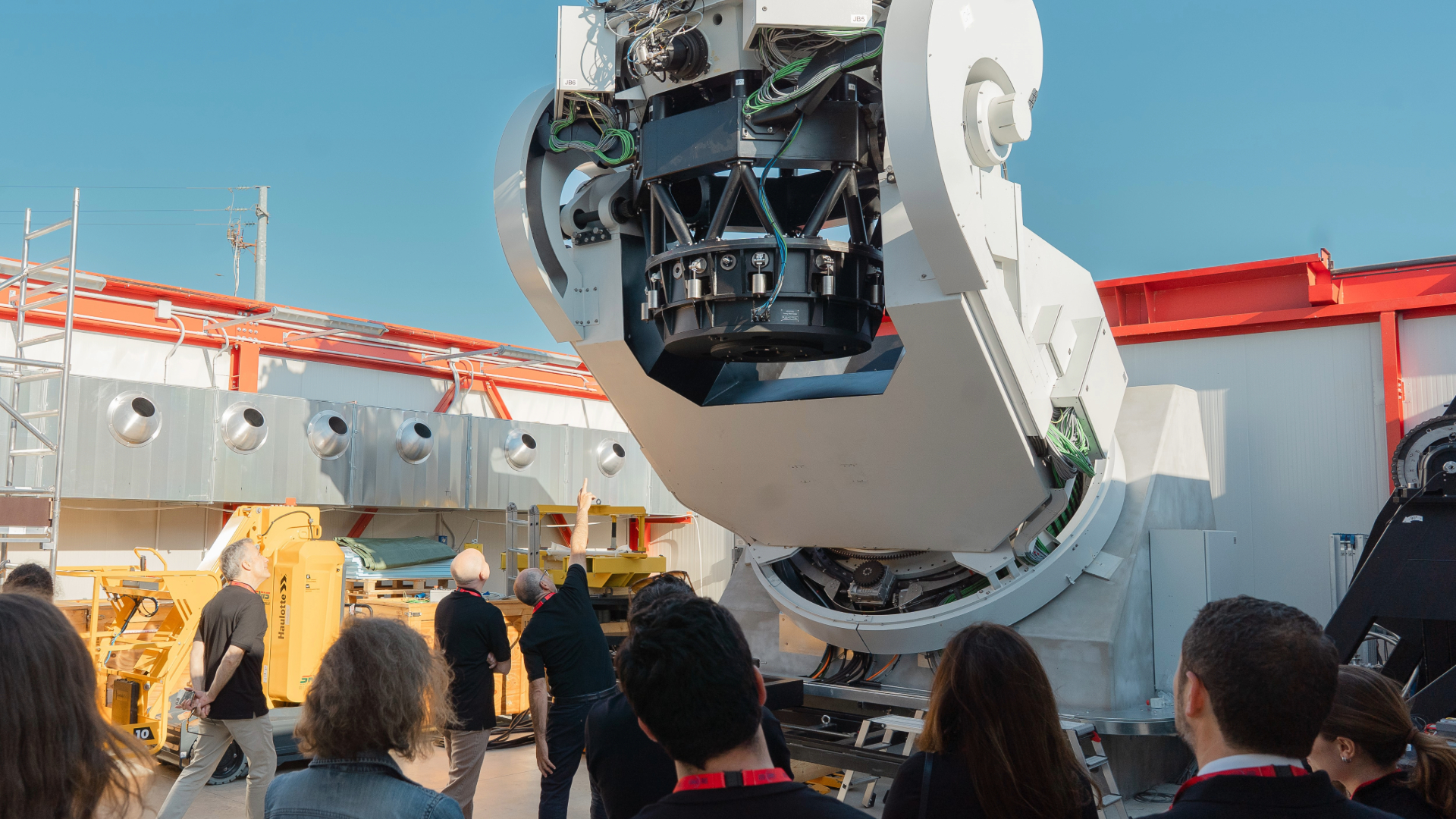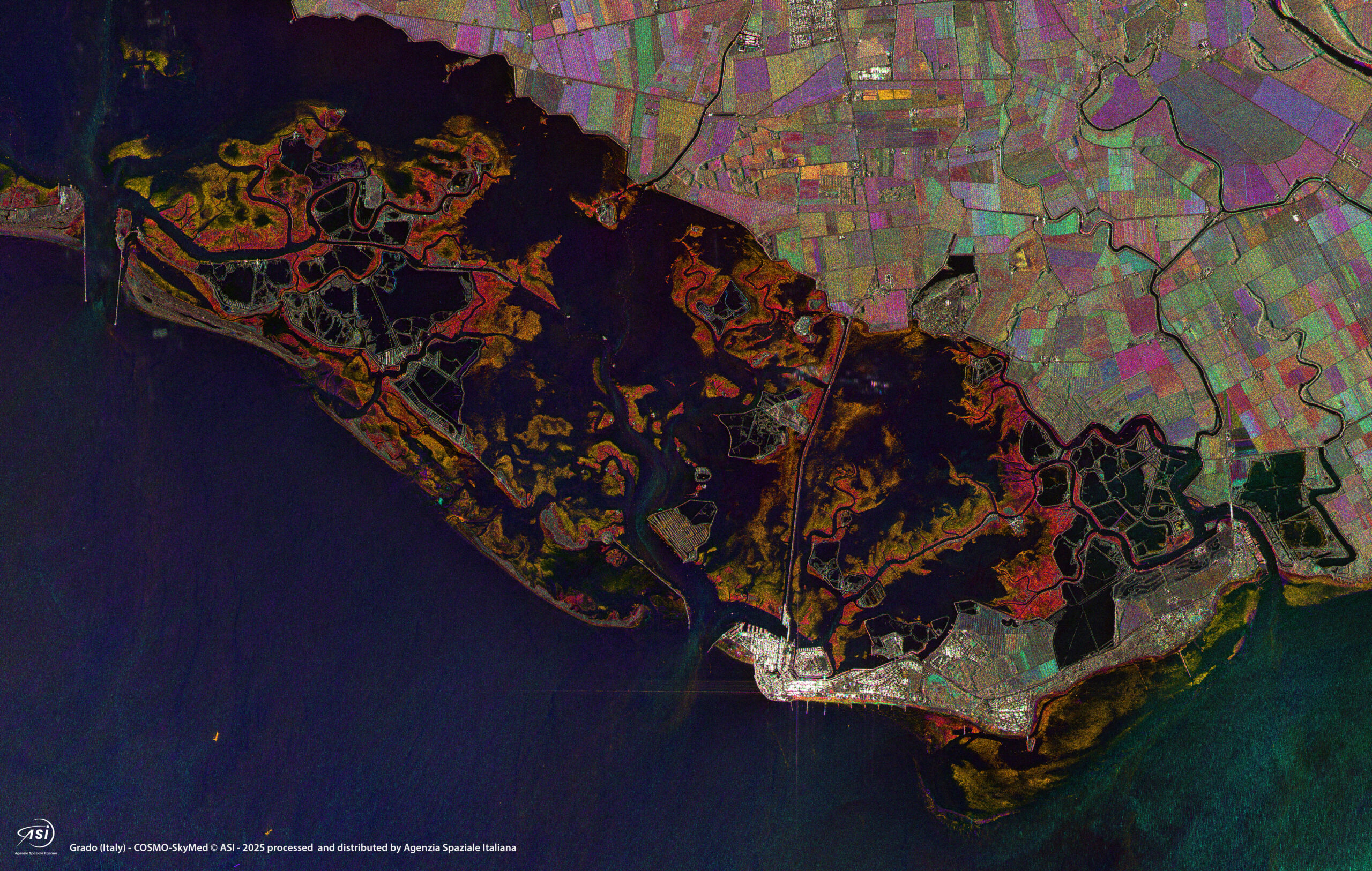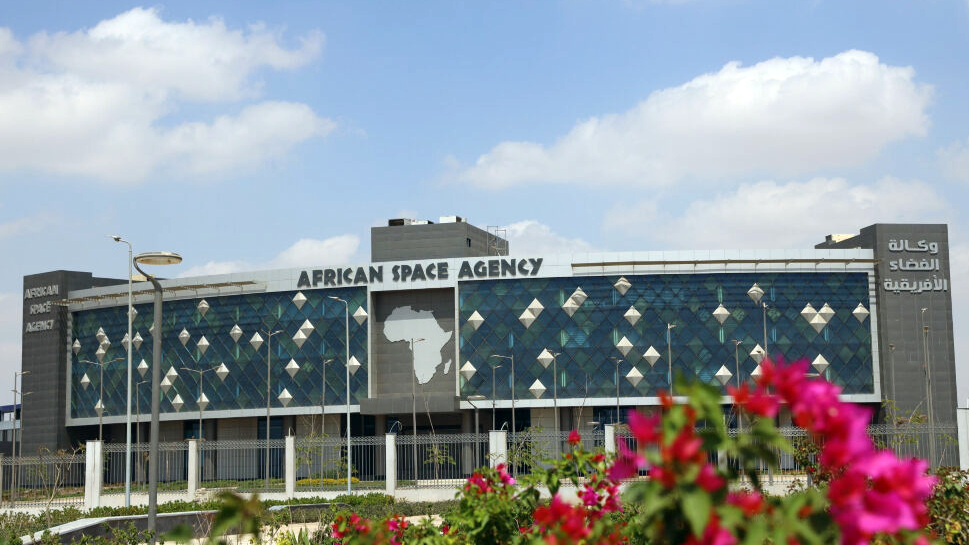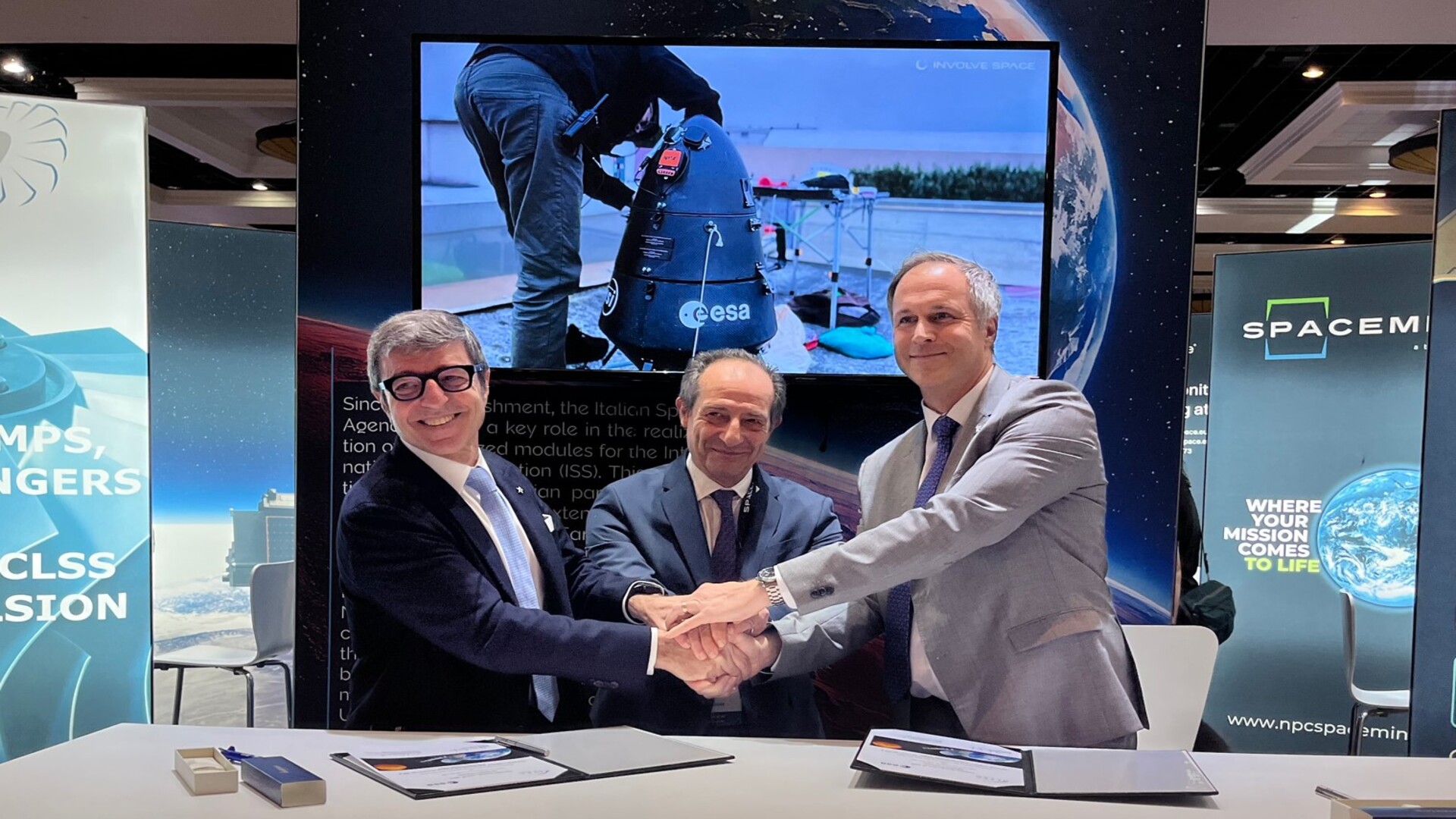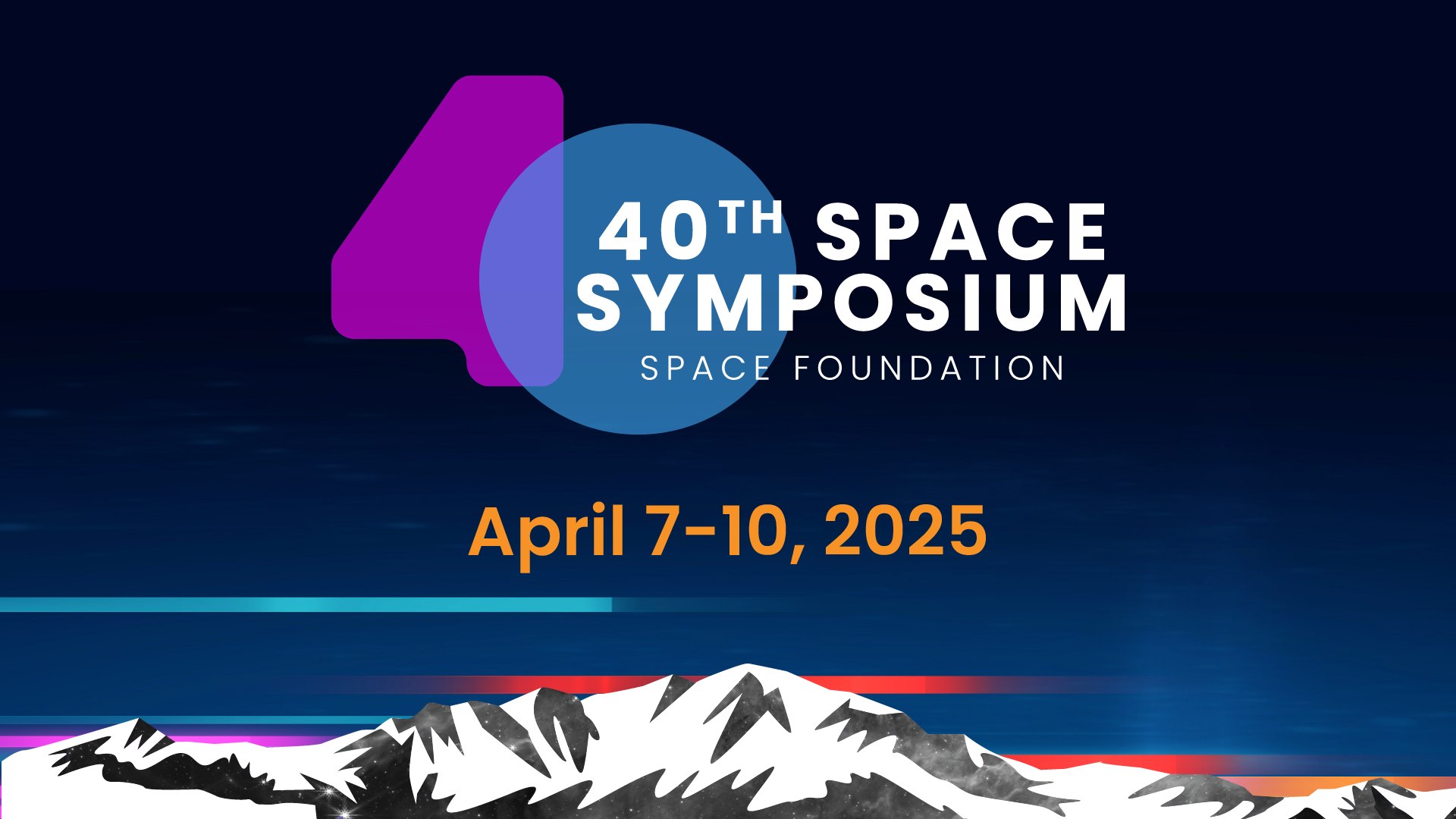Quantity
The number of very small, thus untraceable, man-made debris objects estimated to be in Earth orbit is as follows(*):
- about 20,00 space debris objects greater than 10 cm;
- about 700,000 space debris objects (**) greater than 1 cm;
- about 170 million space debris objects greater than 1 mm.
(*) measurement in centimeters refers to the equivalent diameter
(*) For satellite manufacturers, the most dangerous space debris objects are those with sizes between 5 and 15 mm.
Risks
Due to relative orbital velocities, that can exceed 50 thousand kilometers per hour, a 1-centimeter space debris object can severely damage or disable an operational spacecraft, while collisions with objects greater than 10 cm would cause catastrophic break-ups generating thousands of debris fragments, which could then contribute to other collisions, triggering the run-away self-sustained, cascading collision process in some orbital regions (the so-called "Kessler syndrome," named after NASA researcher Donald Kessler who highlighted the problem in the late 1970s).
Mitigation and Remedies
Space debris mitigation measures, if properly implemented by spacecraft designers and mission operators, can reduce the rate at which space debris objects grow. In the long term, the active removal of old spacecraft and rocket stages from the existing on-orbit mass appears to be the only measure capable of reversing the current phase of debris growth.
International Actors
To acquire a better understanding of the space environment, assess its environmental risks, mitigate space debris growth, and monitor stability, a multitude of technical disciplines come into play, such as that of the IADC committee.
In its resolution 62/217, the UN General Assembly endorsed the Space Debris Mitigation Guidelines document of the Committee on the Pacific Use of Outer Space (following a 2003 IADC proposal), agreed about the voluntary use of space debris mitigation guidelines, considered related existing practices already developed by a number of national and international organizations, and urged its Member States to implement these guidelines through appropriate national mechanisms.
Since October 4, 1957, over 4,900 space launches have resulted in more than 17,000 trackable objects greater than 10 cm (equivalent diameter), as shown in the U.S. Space Surveillance Network chart.
Among these objects:
- about 1,000 are operational spacecraft;
- the remaining 94% are space debris, i.e., objects that are no longer of any use;
- about 64% of the routinely tracked objects are fragments that belonged to 250 space systems that got fragmented in orbit, mainly from sudden explosions and also from collisions between satellites or launch systems.
According to the highly reliable estimates of the Inter-Agency Space Debris Coordination Committee (IADC) that were submitted to the UN Committee on the Peaceful Use of Outer Space (UN COPUOS) in February 2013, the long-term debris mass has become unstable due to the self-sustained phenomenon of on-orbit impacts, despite the adoption by the UN GA in New York in 2008 with UN Resolution No. 62/217 of the UN Space Debris Mitigation Guidelines to counter space pollution.
The above is a threat for the continuation of the colonization of circumterrestrial space because the space environment is changing in such a way that it is no longer commercially exploitable in the long term.
Inter-Agency Space Debris Coordination Committee


